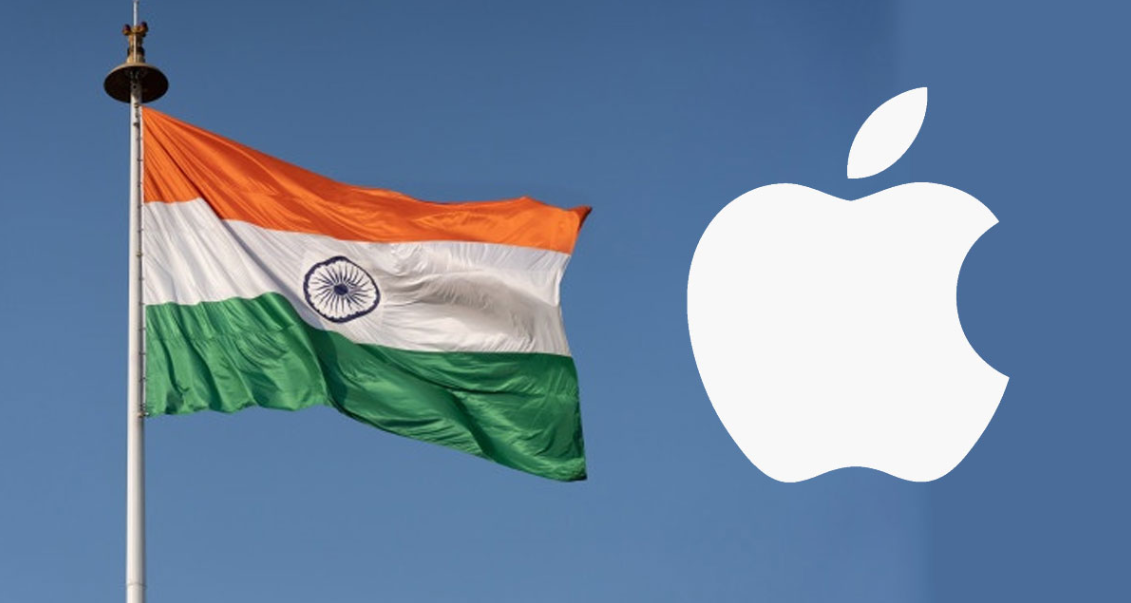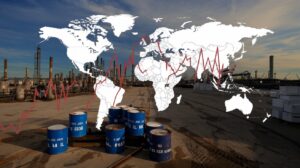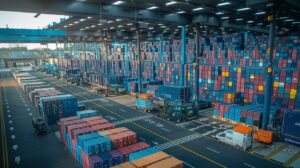Apple’s Big Move: U.S.-Bound iPhone Production Set to Shift to India by 2026 – Major Impact on American Tech Industry is making headlines, reshaping the future of American tech and manufacturing. Apple, one of the world’s most influential companies, plans to move a large portion of U.S.-bound iPhone production out of China and into India. This shift marks a major realignment in global supply chains, and it carries profound effects for the American economy, innovation, and job market.
In this blog, we’ll break down exactly why Apple is making this move, what it means for America, and how this decision could reshape the future of technology leadership in the United States.
Why Is Apple Shifting U.S.-Bound iPhone Production to India?
Apple’s decision is not sudden. It is the result of a combination of global pressures, economic opportunities, and future-proofing strategies.
| Reason | Explanation |
|---|---|
| Supply Chain Diversification | Reduce dependence on China and avoid disruptions like during the pandemic. |
| Geopolitical Risks | U.S.-China tensions make China a riskier place for critical production. |
| Cost Efficiency | Lower manufacturing costs in India help maintain Apple’s profit margins. |
| Incentives from India | India’s government is offering tax breaks and incentives through its PLI (Production Linked Incentive) scheme. |
Important Data:
- India aims to make 25% of all iPhones by 2026, according to JPMorgan analysis.
- Apple’s India suppliers (Foxconn, Wistron, Pegatron) invested over $10 billion in the last 2 years.
How Will This Move Affect the U.S. Tech Industry and Economy?
The U.S. will experience a mixture of positive impacts and some transitional challenges because of Apple’s shift.
Positive Impacts:
- Boost in Tech R&D: Apple will likely reinvest saved manufacturing costs into its U.S.-based research and development operations.
- Supply Chain Security: Diversification lowers the risk of production halts, keeping product launches on schedule for U.S. customers.
- New High-Skill Jobs: Growth in supply chain management, AI, and logistics sectors across the U.S.
Challenges:
- Manufacturing Job Loss: Some local suppliers dependent on Apple may lose contracts.
- Economic Dependence: Relying heavily on India could create new geopolitical vulnerabilities.
Why India Is Becoming the Next Major Hub for iPhone Production
India’s rise isn’t random—it’s a planned, strategic shift supported by several factors.
Key Reasons:
- Growing Skilled Workforce: India produces 1.5 million engineers annually, many fluent in English and specialized in electronics.
- Robust Infrastructure: Smart cities, industrial parks, and export-friendly policies.
- Government Support: PLI scheme offering billions in incentives to attract manufacturers.
Quick Comparison Table: China vs India for Apple
| Feature | China | India |
|---|---|---|
| Labor Cost | Higher | Lower |
| Political Risk | Rising | Lower (Pro-America stance) |
| Infrastructure | Advanced | Rapidly improving |
| Incentives | Decreasing | Increasing |
Bigger Picture: What Apple’s India Move Means for America’s Tech Leadership
This isn’t just about production. It’s about how America can stay ahead in innovation and technology dominance.
Map for Clear Understanding:
America’s Response:
|
|-- Invest in R&D and AI
|-- Strengthen local tech education
|-- Boost logistics and supply chain innovation
|-- Expand into emerging technologies (AI, EVs, Robotics)
By letting lower-margin tasks (like assembly) move abroad, while keeping high-value tasks (design, research) at home, the U.S. can secure its future as the global tech leader.
Conclusion: A Historic Shift That Redefines America’s Role in Tech
Apple’s shift of U.S.-bound iPhone production to India by 2026 isn’t just about lower costs—it’s a strategic realignment that reflects how technology, economics, and geopolitics are deeply interconnected.
The key takeaways for America:
- Invest heavily in education, AI, and logistics industries.
- Expand U.S.-based R&D efforts to stay competitive.
- Embrace globalization wisely while maintaining domestic tech strength.
If executed smartly, this could usher in a new era of American innovation leadership, even as manufacturing landscapes change.
[USnewsSphere.com / Bl]





